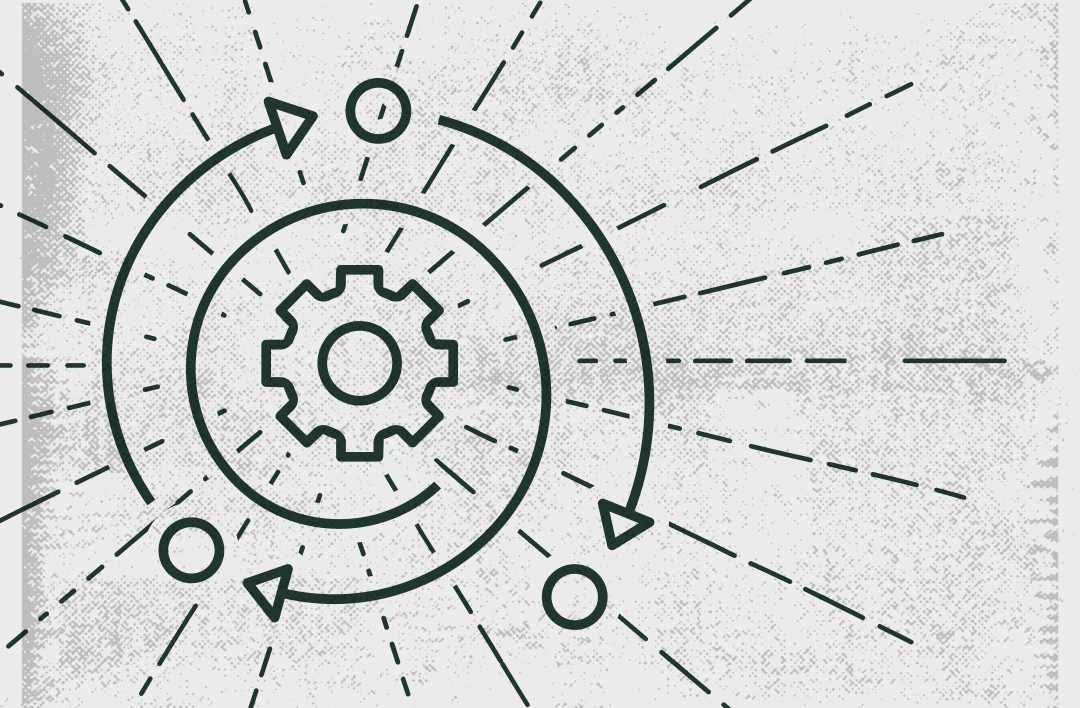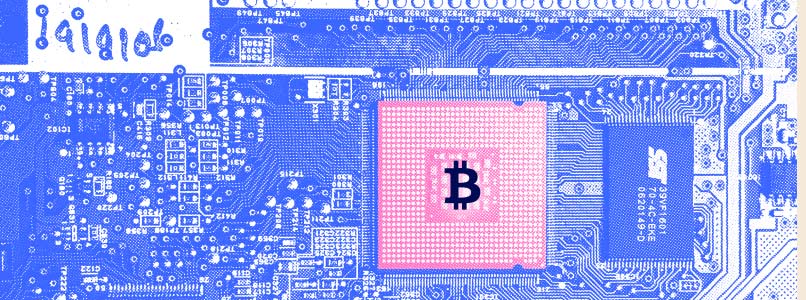Selfish Mining in Theory
The study of “selfish mining” was initiated in 2011-2012 by the scientists Ittay Eyal and Emin Gun Sirer, who published their work on the subject called “Majority is not Enough: Bitcoin Mining is Vulnerable.” They claim that, despite popular belief, encouraging BTC miners is misguided and could cause networks to become centralized.

To understand the basics of selfish mining, let’s consider a simple example:
- Five miners equally have all the hash rate capacity of the network (20% each). Three of them use the principle of mining in compliance with the rules, but the other two joined forces in a pool to get more profit for themselves.
- When finding a block, the “honest” miners immediately add it to the chain. In contrast, the “selfish” miners hold on to the found block, which increases the probability of finding the next block before the other participants.
- In addition to the public one, there emerges a longer secret chain. Greater computing power allows “selfish” participants to find new blocks faster, so “honest” participants are searching for N blocks, while “selfish” participants are already searching for N+2.
- In the proof-of-work system, the chain with the largest number of blocks is considered “correct.” So if the main chain gets a new block, selfish miners publish one more block and negate other miners’ work by appropriating the reward for mining each new block.
The Impact of Selfish Mining

Selfish mining implies a strategic advantage in the network so that on the one hand, other miners will actively join such a pool, and on the other hand, similar pools will grow. According to Eyal and Sirer’s work, such a scenario is a grave risk. The number of hashes in the pools will increase over time due to the merger of parties to increase their profitability level. And as soon as one of the pools gets more of the system’s power, it will have the chance to attack 51%.
Many experts do not consider selfish mining a severe threat. In the worst case, “honest” participants will join “selfish” miners, which will lead to blockchain centralization. Due to the “undermining” of network security, the price of cryptocurrency could plunge significantly, negatively affecting mining profitability. The risk of such a situation practically eliminates selfish mining in large cryptocurrency networks.










